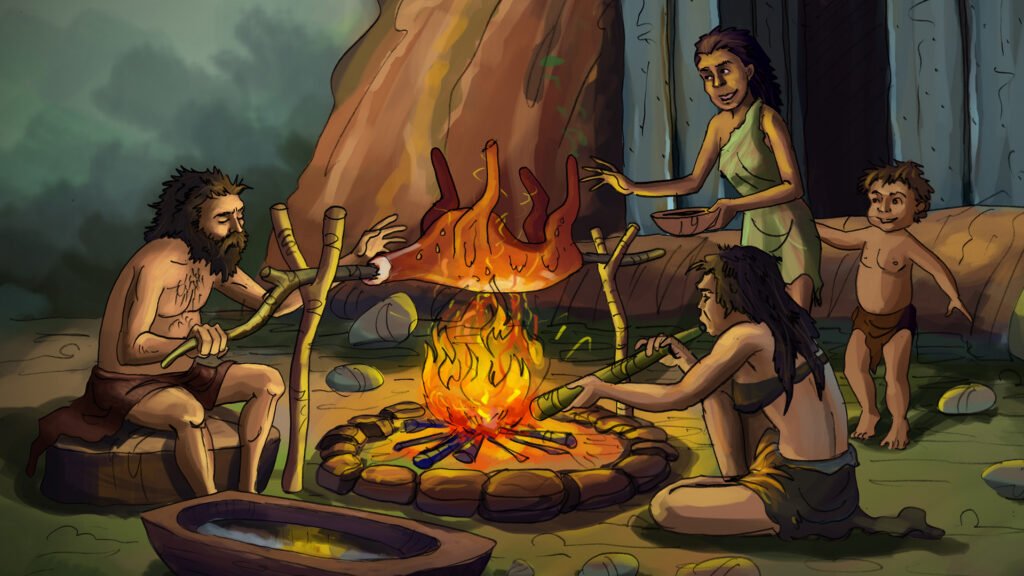Mesolithic-era rock paintings have been recently discovered at Sitamma Loddi, Gattusingaram, in Peddapalli district, Telangana.
About Mesolithic Period:
- Mesolithic, also called Middle Stone Age, is an ancient cultural stage which existed between the Paleolithic (Old Stone Age) and the Neolithic (New Stone Age).
- Timeframe: This period is generally considered to have occurred between approximately 12,000-10,000 years ago.
- Some of the defining characteristics of the Mesolithic Age are as follows:
- People transitioned from using large chipped stone tools to using smaller chipped stone tools (microliths).
- Microliths were probably stuck onto handles of bone or wood to make tools such as saws and sickles.
- At the same time, older varieties of tools continued to be in use.
- People transitioned from hunting large herds of animals in groups to a more hunter-gatherer lifestyle.
- Towards the end of the Mesolithic Age, people began growing crops and practicing animal husbandry, which is the controlled cultivation, management, and production of domestic animals.
- It was during the Mesolithic Age that the dog was domesticated.
- The permanent settlements in the Mesolithic Age varied from villages of huts to walled cities.
- During the Mesolithic Age, the climate was warming after the last ice age, which occurred at the end of the Palaeolithic period.
- The art created in the Mesolithic Age is highly reflective of the change in climate that was happening at the time.
- During the Mesolithic period, humans developed cave paintings, engravings, and ceramics to reflect their daily lives.
- In certain areas of the world, a range of pottery was made during the Mesolithic Age.
- People transitioned from using large chipped stone tools to using smaller chipped stone tools (microliths).
- Mesolithic Sites in India: Bagor in Rajasthan, Sarai Nahar Rai in Allahabad and Chhota Nagpur plateau.




